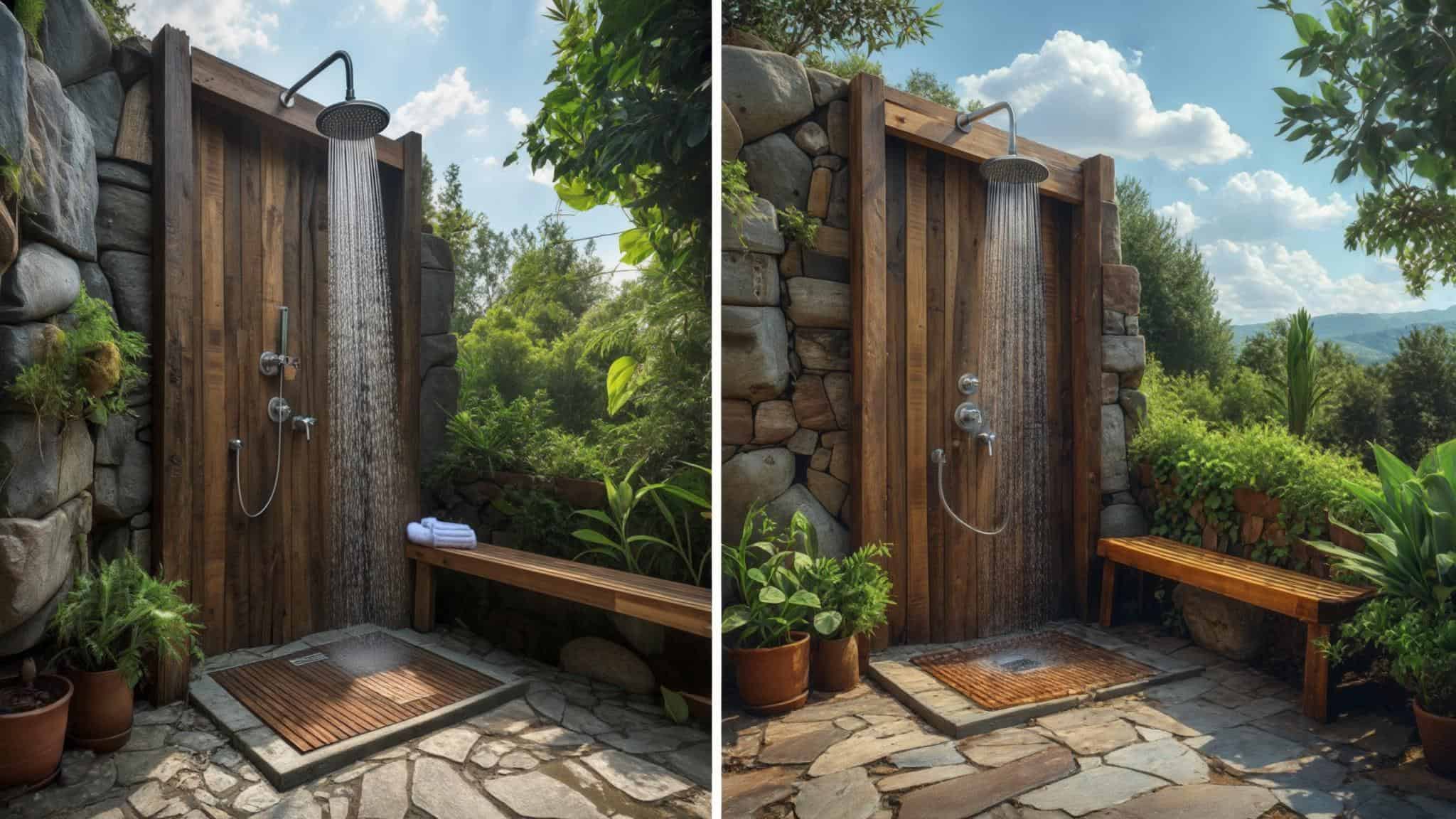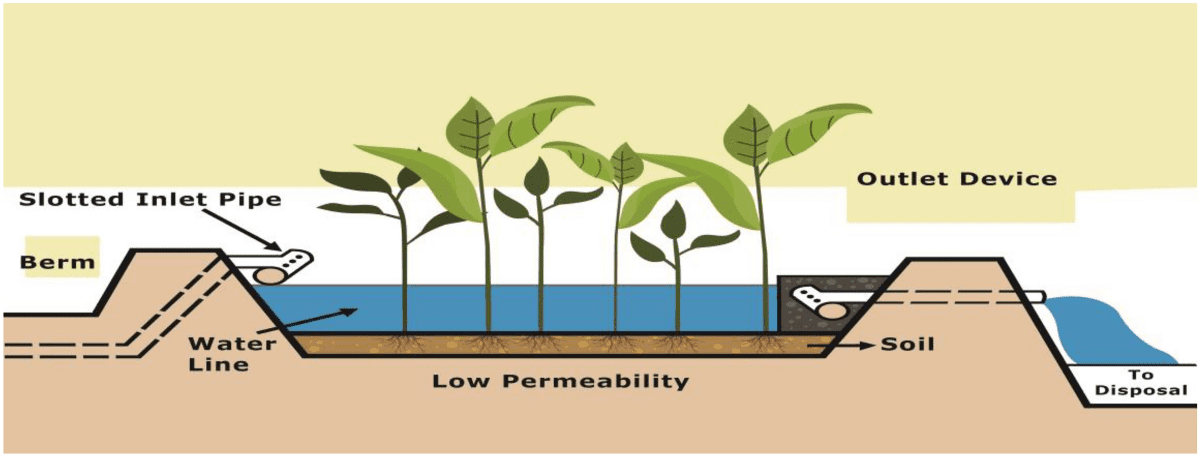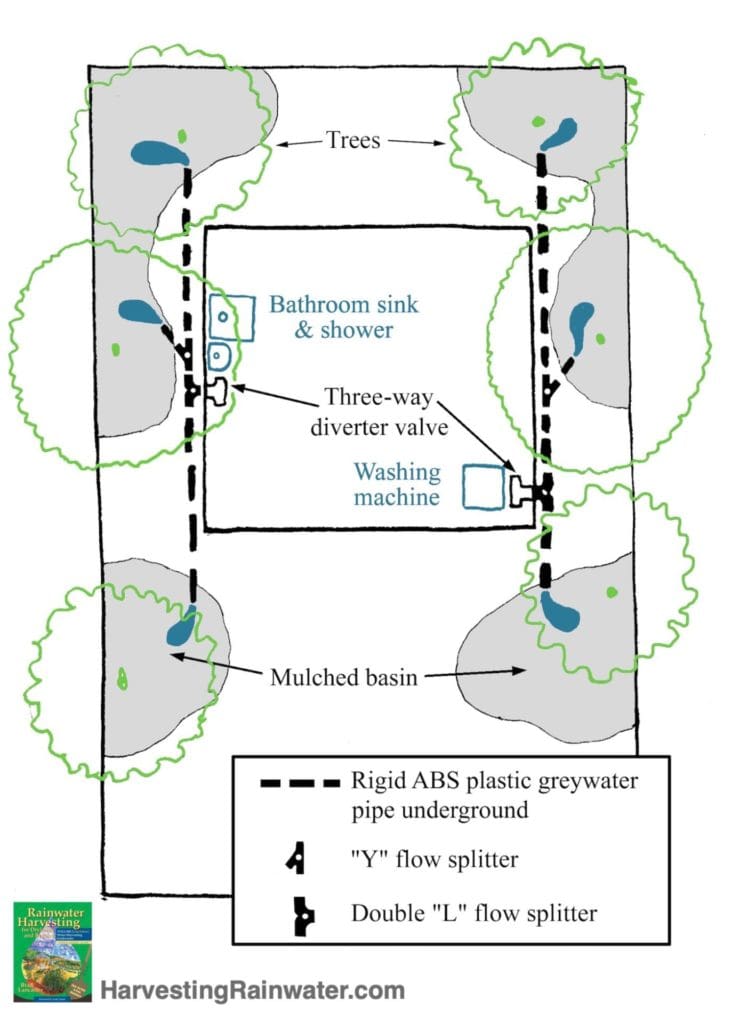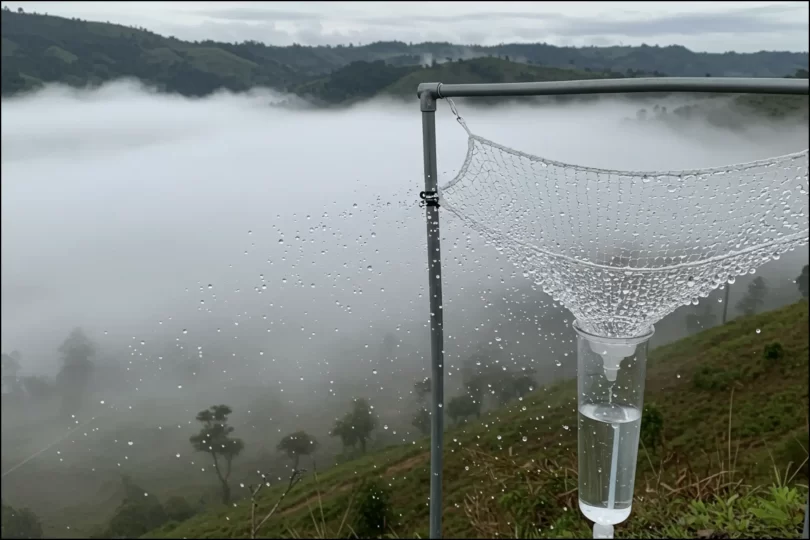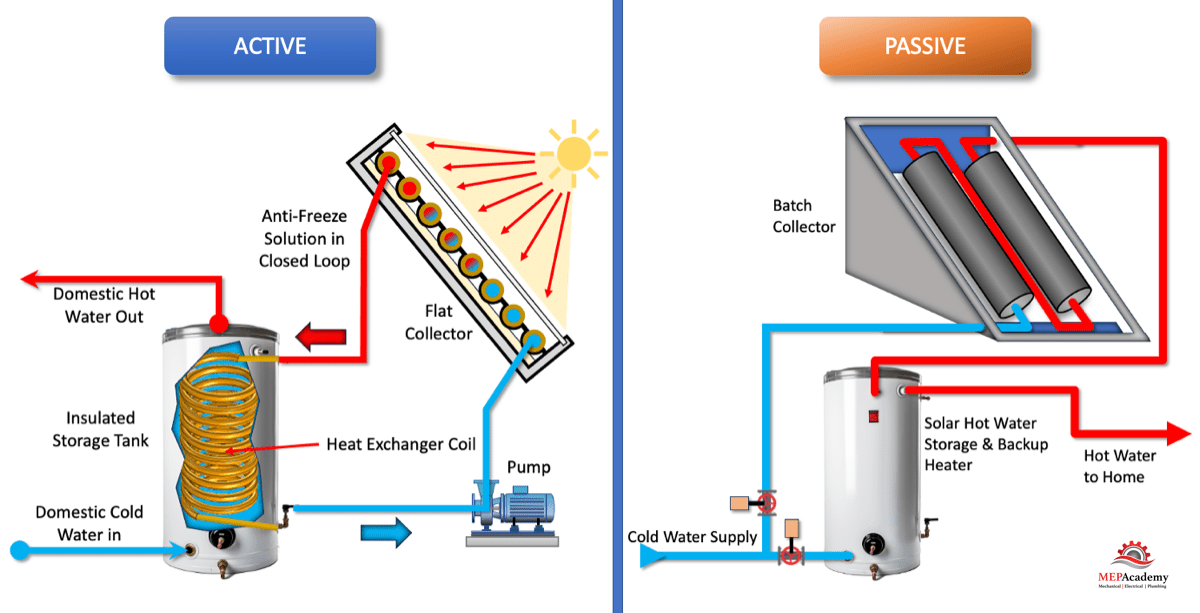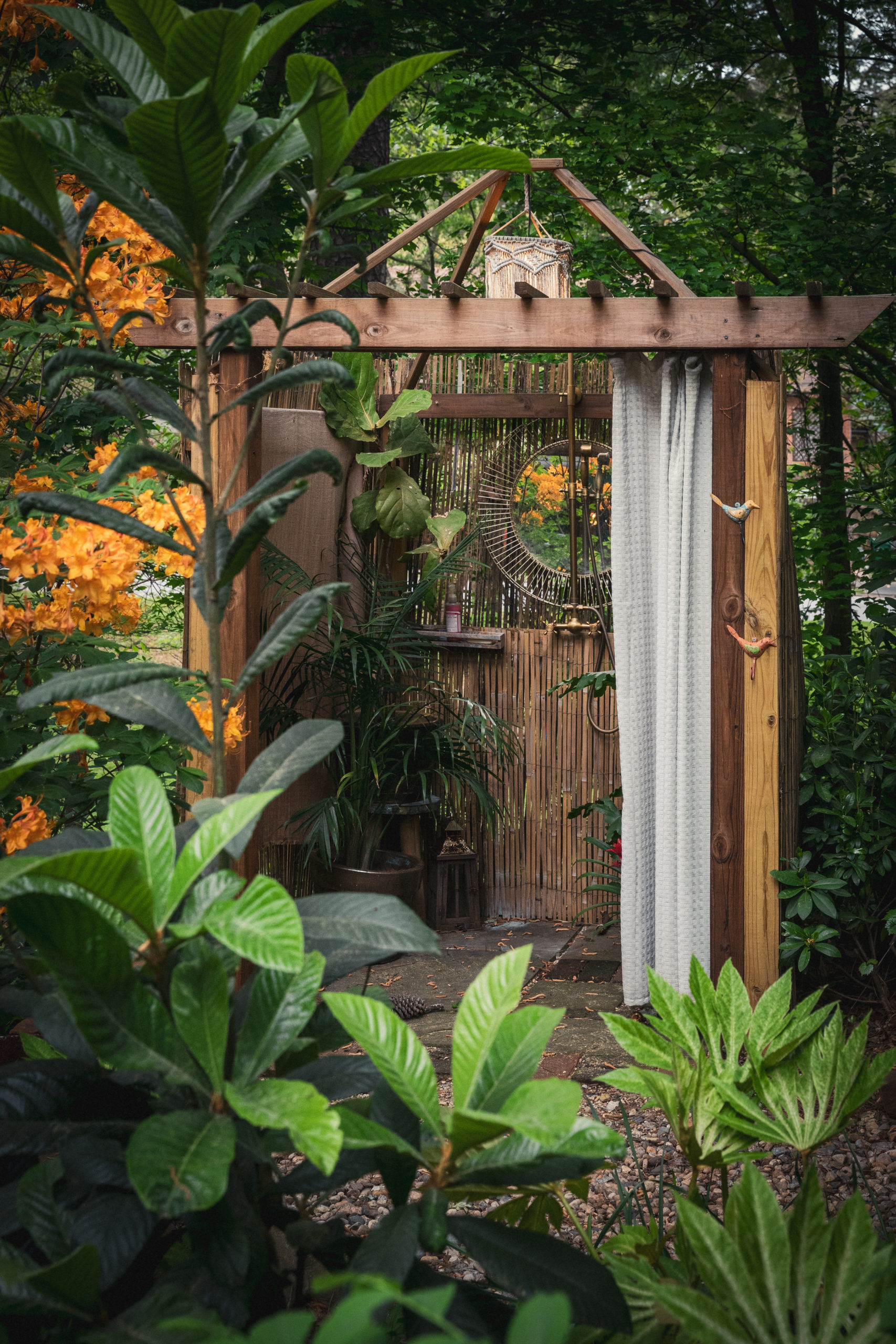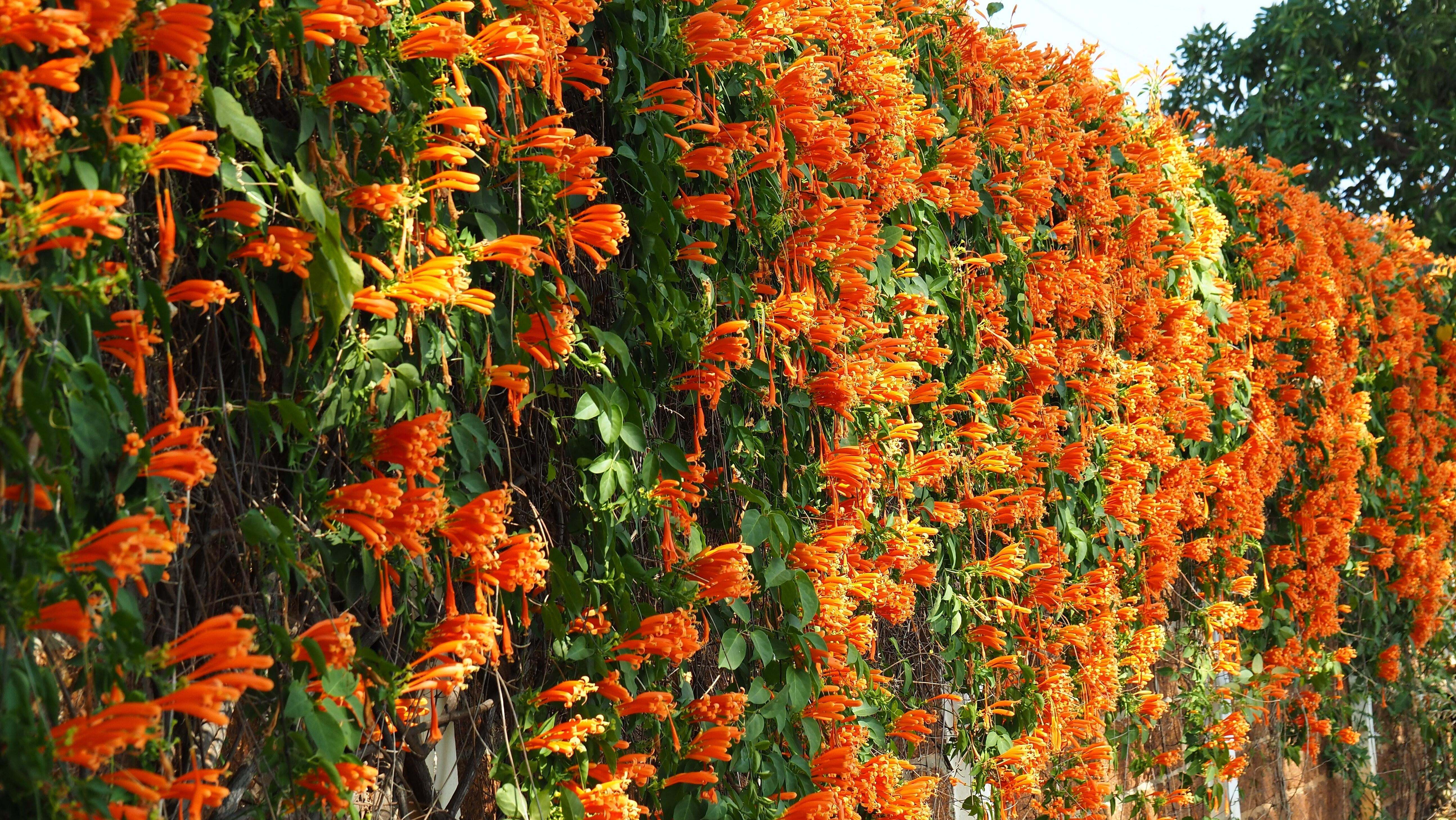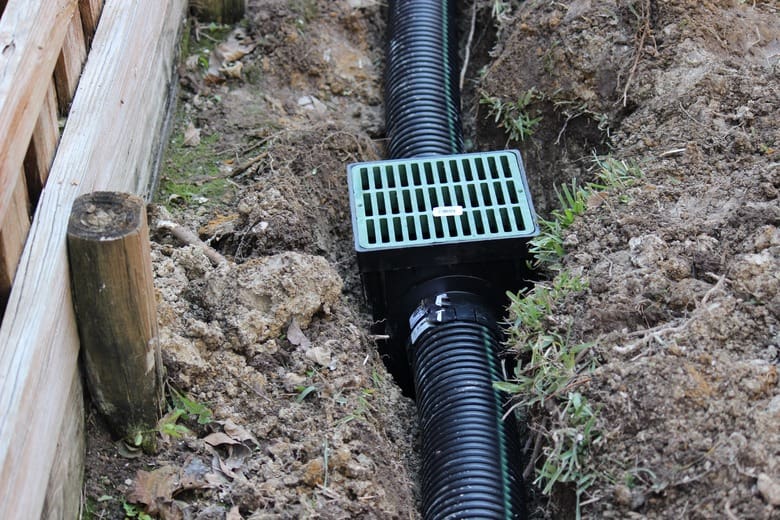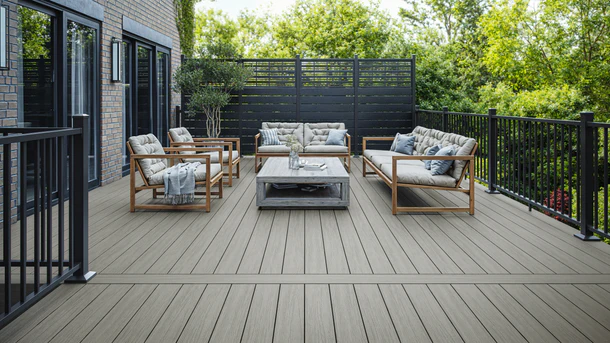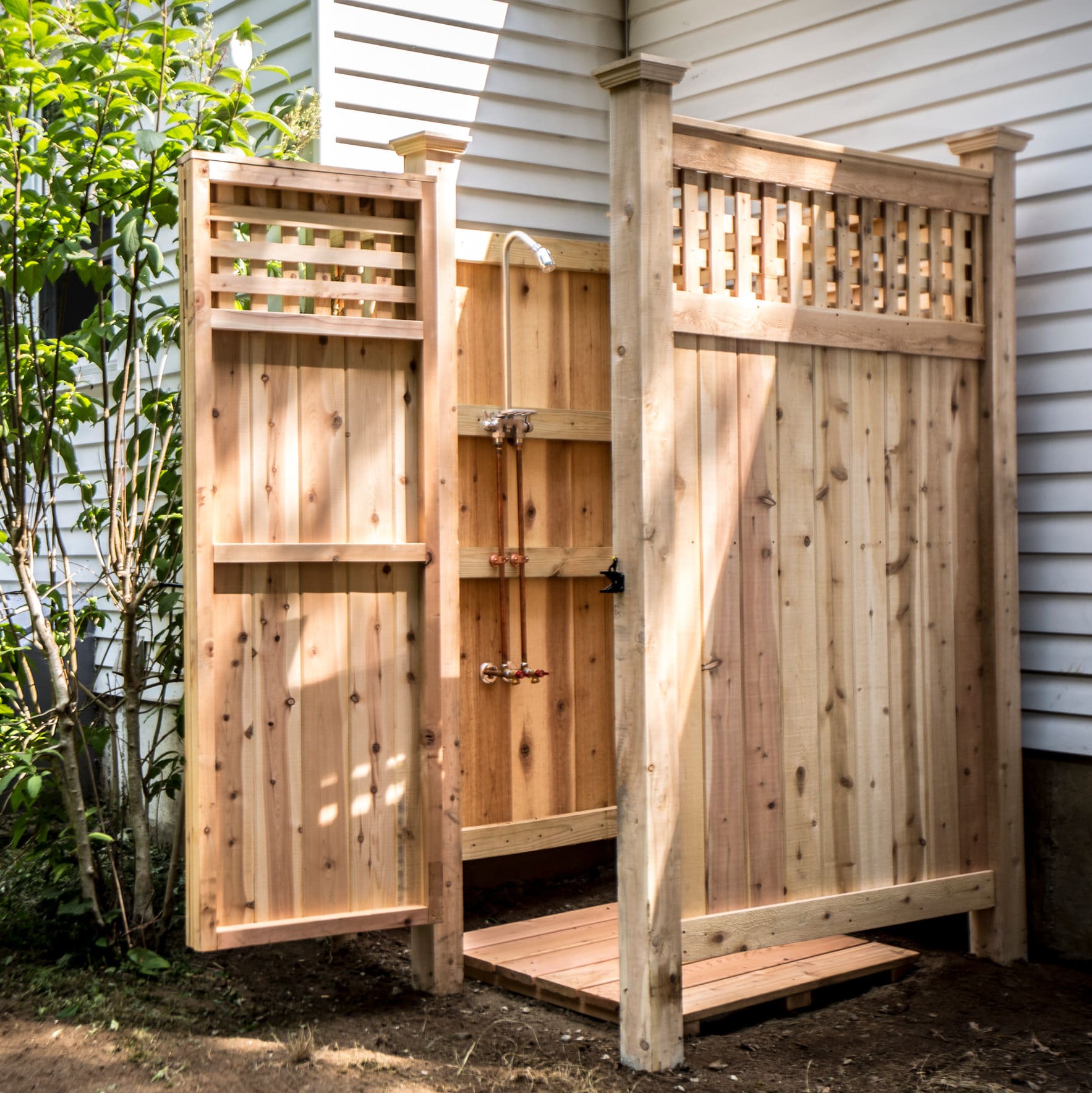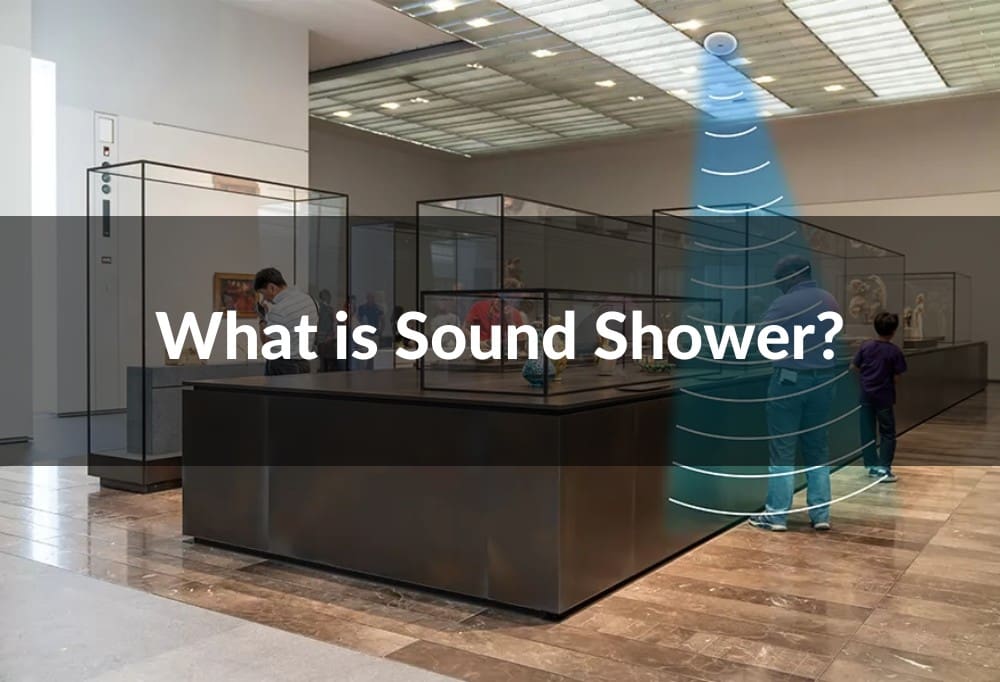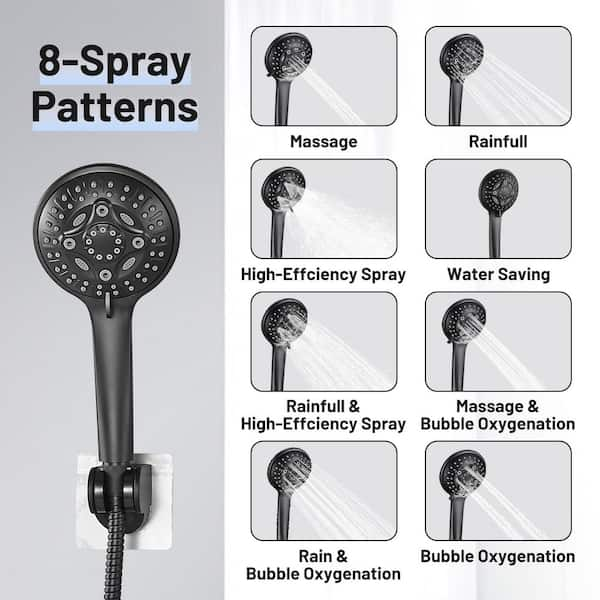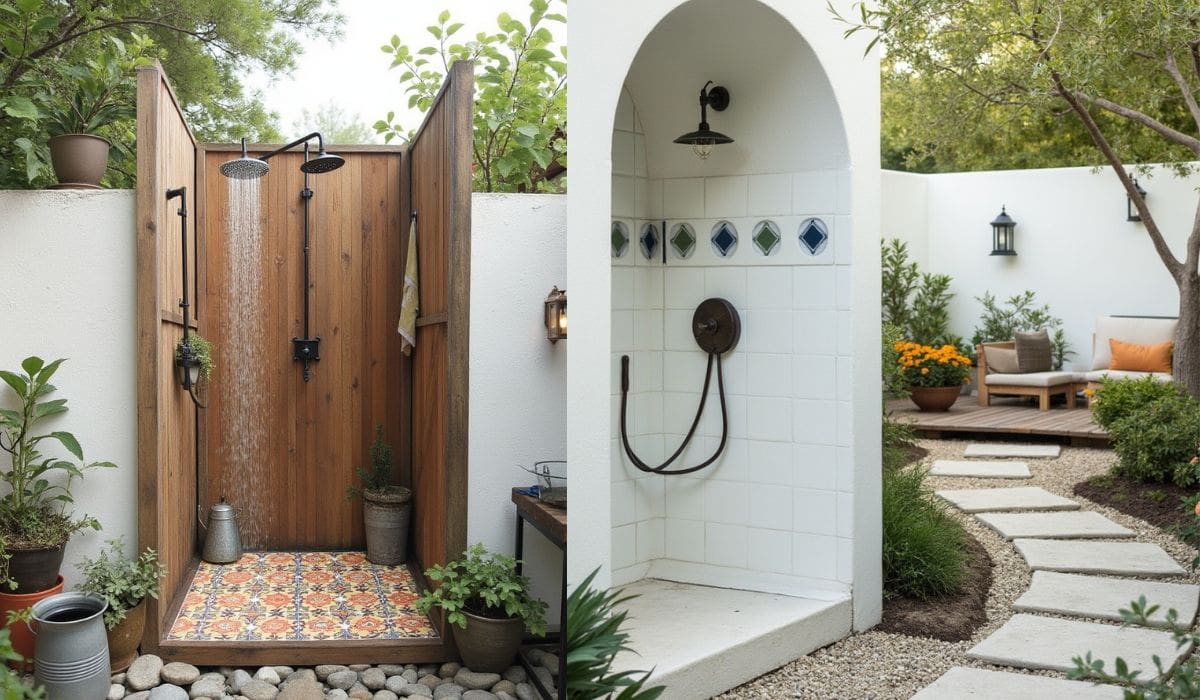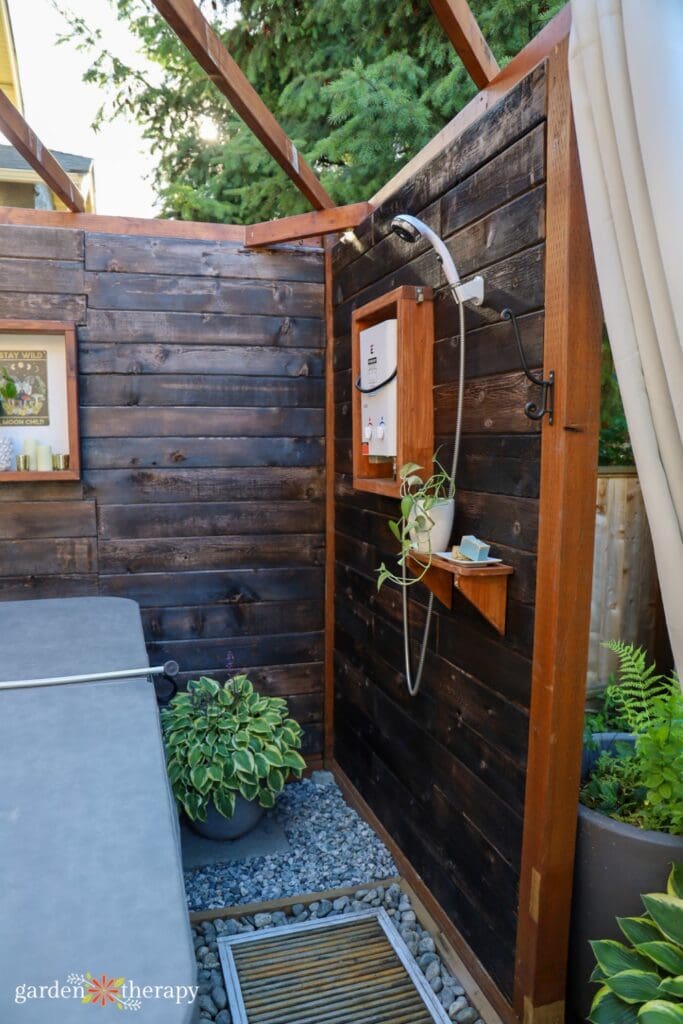DIY Outdoor Shower Engineering: The Complete Infrastructure Revolution Guide
Building a DIY outdoor shower creates a unique environmental ecosystem that extends far beyond the shower itself, transforming your property into a comprehensive water management and comfort system. I’ve discovered that outdoor living spaces continue to gain popularity, and homeowners are finding that outdoor showers provide practical benefits and luxurious experiences that rival expensive spa treatments.
This approach focuses on understanding how your outdoor shower affects temperature layers, wind patterns, and water dynamics across your entire property while creating systems that adapt to seasonal changes and neighborhood harmony. We’re talking about engineering solutions that work with nature rather than against it.
Table of Contents
- The Micro-Climate Engineering Approach
- The Stealth Integration Philosophy
- The Waste Stream Transformation
- The Sensory Architecture Paradigm
- Final Thoughts
TL;DR
Outdoor showers create their own environmental ecosystems that affect your entire property’s water dynamics and thermal patterns. Strategic thermal mass placement and wind pattern management extend your shower season while optimizing comfort year-round.
Greywater systems transform wastewater into productive landscape elements through living filters and soil amendment cycling. Stealth integration techniques hide infrastructure within natural elements while maintaining neighborhood harmony.
Construction waste becomes valuable resources through material circularity and agricultural repurposing strategies. Sensory architecture engages all five senses through acoustic design, tactile surfaces, and thermal comfort zoning. These outdoor shower systems function as integrated landscape improvements rather than simple additions.
The Micro-Climate Engineering Approach
Building a DIY outdoor shower creates a unique environmental ecosystem that extends far beyond the shower itself. I focus on understanding how your outdoor shower affects temperature layers, wind patterns, and water dynamics across your entire property. You’ll learn to harness these natural forces to create year-round comfort while transforming wastewater into productive landscape elements through strategic engineering principles.
Outdoor showers generate thermal stratification zones that can be managed through strategic placement of heat-absorbing materials and wind redirection systems. The key is recognizing that your outdoor shower becomes part of your property’s larger environmental system.
Greywater from outdoor showers contains nutrients and organic matter that can be processed naturally through constructed wetland systems and beneficial bacteria cultivation. This transforms what most people consider waste into valuable landscape resources.
Multi-source water systems reduce dependence on traditional plumbing by incorporating atmospheric water harvesting and passive solar heating techniques. When you build an outdoor shower using these principles, you’re creating a self-sustaining system that works with natural processes.
Thermal Stratification Management
Temperature control in outdoor shower spaces requires understanding how heat moves and settles in different zones around your shower area. I can create comfortable showering conditions throughout extended seasons by building thermal mass storage systems and managing airflow patterns. This involves strategic placement of heat-absorbing materials and designing wind management systems that optimize comfort without creating stagnant air zones.
Thermal mass materials absorb solar energy during peak sun hours and release stored heat during cooler shower times. Dark stones and concrete blocks work exceptionally well for this purpose. I’ve found that positioning these materials strategically around your outdoor shower creates comfortable microclimates that extend your usable season.
Wind pattern analysis over 2-3 weeks using lightweight indicators helps identify optimal placement for windbreaks and ventilation systems. This might seem tedious, but understanding your property’s unique airflow patterns makes the difference between a comfortable outdoor shower and one you’ll avoid using.
Selective barrier design using lattice panels and strategic plantings redirects harsh winds while maintaining beneficial airflow for drying and temperature regulation. The goal isn’t to eliminate all air movement but to control it for maximum comfort in your outdoor shower design.
| Thermal Mass Material | Heat Absorption Rate | Heat Release Duration | Cost per Square Foot | Best Placement Zone |
|---|---|---|---|---|
| Dark Slate | High | 4-6 hours | $8-15 | South-facing walls |
| Concrete Blocks | Medium-High | 3-5 hours | $3-8 | Floor and base areas |
| Water Containers | Very High | 6-8 hours | $2-5 | Behind shower area |
| River Rock | Medium | 2-4 hours | $4-10 | Drainage zones |
| Brick Pavers | Medium | 3-4 hours | $5-12 | Walkway areas |
Radiant Heat Banking Systems
Creating thermal mass storage extends your outdoor shower season by capturing and storing solar energy during warm periods and releasing it when you need heat most. This system uses natural materials positioned strategically to maximize sun exposure and heat retention. The key is understanding which materials store heat effectively and where to place them for optimal thermal performance.
Dark-colored materials provide maximum heat absorption when positioned on south-facing sides of shower enclosures. I recommend slate, concrete blocks, and water-filled containers for the best results. These materials transform your outdoor shower area into a naturally heated space that remains comfortable well into cooler months.
Thermal mass placement requires consideration of daily sun patterns to ensure materials receive maximum solar exposure throughout daylight hours. When you build an outdoor shower with proper thermal planning, you’re essentially creating a solar heating system that operates without electricity or moving parts.
A homeowner in Northern California installed dark slate panels on the south-facing side of their outdoor shower enclosure, positioning them to receive maximum sun exposure from 10 AM to 4 PM. During testing, the slate panels absorbed heat throughout the day and released warmth for up to 6 hours after sunset, extending comfortable shower times from early evening into night. The system maintained shower area temperatures 8-12 degrees warmer than ambient air temperature during cool evenings, effectively extending the shower season by 6-8 weeks in spring and fall.
Microclimate Wind Patterns
Wind management in outdoor shower design requires careful study of your property’s unique airflow patterns and strategic intervention to optimize comfort. You need to understand how wind moves across your space before building barriers or redirecting airflow. The goal is creating protection from harsh winds while maintaining beneficial breezes that aid in drying and prevent moisture buildup.
Wind pattern documentation using ribbons at various heights and locations over 2-3 weeks reveals seasonal and daily airflow variations specific to your property. This documentation process might feel excessive, but it prevents costly mistakes when you build an outdoor shower.
Strategic barrier placement using lattice panels and plantings can redirect problematic winds while preserving beneficial airflow for ventilation and comfort. I’ve learned that completely blocking wind creates stagnant zones that become uncomfortable and promote mold growth around your outdoor shower.
Wind Pattern Analysis Checklist:
- Place lightweight ribbons at 3-foot, 6-foot, and 8-foot heights around proposed shower area
- Document wind direction and intensity at morning, midday, and evening periods
- Record observations for minimum 2-3 weeks during intended shower season
- Identify consistent harsh wind patterns that require blocking
- Mark beneficial breeze directions that should be preserved
- Note areas where wind creates uncomfortable drafts or stagnant zones
- Map seasonal variations in wind patterns for year-round planning
Greywater Ecosystem Integration
Your outdoor shower’s wastewater becomes a valuable resource when properly managed through natural filtration and soil improvement systems. This approach transforms what would typically be waste into productive landscape elements that enhance your property’s overall health. You’ll create living systems that process soap residue and organic matter while improving soil structure and supporting beneficial plant growth.
Constructed wetland systems using gravel layers and water-loving plants naturally filter greywater while creating attractive landscape features. These systems work continuously without electricity or chemical additives, making them perfect companions for sustainable outdoor shower installations.
Rotating greywater distribution prevents soil saturation in single areas while gradually improving soil quality throughout your landscape. I rotate my outdoor shower drainage every few weeks to different garden zones, and the results have been remarkable for plant health and soil structure.
Beneficial bacteria cultivation through monthly compost additions establishes natural processing systems that break down soap residues and prevent odors. When you build an outdoor shower with integrated greywater management, you’re creating a closed-loop system that benefits your entire property.
According to This Old House, outdoor showers can serve multiple practical purposes beyond bathing, including providing convenient rinse stations for pool chemicals and garden dirt while offering spa-like experiences that architect Howard Backen describes as “invigorating when it’s cold, interesting when it’s rainy, and incredibly refreshing when it’s sunny and hot.”
Living Filter Systems
Natural filtration systems use plants and layered materials to clean your shower’s greywater while creating beautiful landscape features. These constructed wetlands process soap residue and organic matter through biological processes rather than chemical treatments. The system requires specific plant selections and proper layering of filtration materials to function effectively.
Constructed wetland systems require 18-24 inch deep depressions lined with landscape fabric and filled with graduated gravel sizes for optimal filtration. I’ve found that proper layering makes the difference between a functioning system and a smelly mess around your outdoor shower.
Water-loving plant species thrive on greywater nutrients while providing natural filtration and attractive landscaping. Cattails, iris, and elephant ears work exceptionally well in these outdoor shower greywater systems, creating beautiful features that serve practical purposes.
Soil Amendment Cycling
Rotating your shower runoff to different garden areas prevents oversaturation while gradually improving soil throughout your landscape. This system uses simple diversion techniques to distribute greywater strategically across multiple zones. The approach builds soil fertility over time while preventing the problems associated with concentrating wastewater in single locations.
PVC pipe diversion systems with removable caps allow manual redirection of greywater to different garden zones on rotating schedules. These systems cost very little to install but provide tremendous benefits for your outdoor shower’s environmental impact.
Rotation prevents soil saturation issues while distributing beneficial nutrients and organic matter across multiple landscape areas. I change my diversion settings every two weeks, and different areas of my garden show improved plant health and soil structure.
Beneficial Bacteria Cultivation
Encouraging helpful microorganisms in your greywater system creates natural processing capabilities that break down soap and organic matter without chemical intervention. These bacterial colonies establish themselves when provided with proper conditions and regular organic matter inputs. The system maintains itself once established while preventing odors and processing waste naturally.
Monthly compost additions to greywater collection areas introduce diverse beneficial bacteria that establish processing colonies. This simple practice transforms your outdoor shower drainage from a potential problem into an asset for your landscape.
Established bacterial systems naturally break down soap residues and organic matter while maintaining soil health and preventing odor development. The key is providing consistent organic matter inputs to keep these beneficial microorganisms thriving around your outdoor shower.
Water Source Diversification
Moving beyond traditional plumbing connections creates resilient water systems that supplement your outdoor shower through multiple sources. This approach combines atmospheric water collection with passive solar heating to reduce dependence on municipal water supplies. You’ll learn techniques for capturing moisture from air and heating water without electricity while maintaining consistent shower comfort.
Atmospheric water harvesting through fog nets and condensation panels can supplement water supplies, especially in humid climates with significant temperature variations. These systems work particularly well in coastal areas where morning fog provides substantial moisture collection opportunities for your outdoor shower.
Passive solar water heating using black PVC coils in glass-covered collectors provides comfortable shower temperatures without electrical consumption. I’ve built several of these systems, and they consistently deliver hot water throughout sunny days for outdoor shower use.
Multi-source systems create redundancy and reduce reliance on single water supply methods while improving overall system resilience. When you combine atmospheric collection, solar heating, and traditional connections, your outdoor shower becomes largely independent of utility infrastructure.
Even a simple garden hose outdoor shower can benefit from these supplemental water sources, reducing your utility costs while improving system reliability.
Atmospheric Water Harvesting
Capturing moisture from air supplements your water supply through condensation and fog collection techniques that work particularly well in humid climates. These systems use fine mesh materials and strategic positioning to collect water from morning dew and fog. The collected water can significantly supplement your shower’s water needs while reducing dependence on traditional sources.
Fog nets made from fine mesh fabric stretched between posts capture atmospheric moisture most effectively when positioned to intercept morning dew and fog patterns. I’ve seen these systems collect surprising amounts of water in the right conditions for outdoor shower use.
Humid climates and areas with significant day-night temperature swings provide optimal conditions for atmospheric water collection systems. If you live in these areas, atmospheric harvesting can substantially reduce the water costs for your outdoor shower.
Thermal Solar Collection
Passive solar heating creates comfortable shower temperatures without electricity through simple collector designs that harness solar energy. These systems use basic materials and positioning principles to heat water naturally throughout the day. The key is understanding optimal collector angles and heat retention techniques for your specific climate and latitude.
Solar water heaters using black PVC pipe coiled inside glass-covered boxes maximize heat absorption when painted black on interior surfaces. These systems consistently deliver hot water for outdoor shower use throughout sunny days without any electrical input.
Optimal collector positioning faces south at an angle equal to your latitude plus 15 degrees for best winter performance and year-round efficiency. This positioning ensures your outdoor shower receives maximum solar heating throughout the seasons.
The Stealth Integration Philosophy
Designing outdoor showers that enhance rather than disrupt your property’s natural flow requires careful attention to visual integration and neighborhood harmony. This philosophy focuses on hiding necessary infrastructure within natural landscape elements while creating systems that adapt to seasonal changes. You’ll learn techniques for camouflaging utilities and creating modular systems that transform with changing weather and usage patterns.
Camouflaged infrastructure techniques hide pipes, electrical systems, and structural elements within natural landscape features and underground networks. The goal is creating outdoor shower installations that appear to emerge naturally from your landscape rather than being obviously constructed additions.
Living architecture uses fast-growing plants as structural and privacy elements that strengthen over time while providing natural screening. These systems improve with age, making your outdoor shower more attractive and functional as plants mature and fill in.
Seasonal adaptability systems include modular components and automated mechanisms that adjust to weather changes without constant maintenance. When you design your DIY outdoor shower with seasonal adaptation in mind, you create systems that remain functional and attractive throughout changing conditions.
According to Martha Stewart, outdoor showers are experiencing a design renaissance with architects and designers embracing bold elements striking geometric tiles and natural materials that blend seamlessly with surroundings, creating spaces that serve as both functional amenities and aesthetic focal points in modern landscape design.
Camouflaged Infrastructure
Hiding necessary shower components within natural landscape elements creates seamless integration that enhances rather than detracts from your property’s appearance. This approach uses plants as structural elements and conceals utilities underground to maintain clean sightlines. The goal is creating functional infrastructure that becomes invisible within your landscape design.
Living architecture techniques use fast-growing vines and strategic plantings to cover shower frameworks while providing natural privacy screening. I’ve found that selecting the right climbing plants makes your outdoor shower structure disappear within a single growing season.
Underground utility networks require proper planning with colored marking systems and access points for future maintenance needs. While this requires more initial work when you’re installing an outdoor shower, the long-term aesthetic benefits justify the extra effort.
Camouflaged systems maintain full functionality while appearing as natural landscape elements rather than obvious construction projects. The best outdoor shower installations look intentional but not obviously engineered.
Living Architecture
Using plants as structural and privacy elements creates shower enclosures that grow stronger and more attractive over time. This technique selects fast-growing species that can cover framework quickly while providing natural screening and beauty. The approach requires understanding plant growth patterns and providing proper support structures for climbing species.
Fast-growing vines can cover shower frameworks within one growing season when planted in strategic locations. Passion flower, jasmine, and climbing roses work exceptionally well for outdoor shower privacy screening while adding fragrance and beauty to your space.
Raised beds and large containers positioned around shower perimeters provide optimal growing conditions while allowing precise placement control. This approach gives you flexibility in your outdoor shower design while ensuring plants receive proper care and drainage.
Underground Utility Networks
Concealing pipes, electrical systems, and drainage below ground level maintains clean visual lines while protecting utilities from weather and accidental damage. This approach requires careful planning for future access and proper marking systems to prevent damage during maintenance. The investment in underground installation pays dividends in both appearance and system longevity.
Utility trench systems route all services underground using colored sand or spray paint marking to identify different utility lines for future reference. This planning prevents costly mistakes during future landscaping or maintenance around your outdoor shower.
Pull boxes installed every 20 feet provide maintenance access points while flexible conduit accommodates ground settling and thermal expansion. These systems ensure your outdoor shower utilities remain accessible without compromising the clean appearance of your installation.
Seasonal Adaptability Systems
Creating shower spaces that transform with changing weather and usage patterns requires modular design approaches and responsive mechanisms. These systems adjust automatically or semi-automatically to seasonal conditions without requiring constant user intervention. You’ll learn to design components that can be easily modified for different weather conditions while maintaining year-round functionality.
Modular privacy panels with interchangeable inserts adapt to seasonal privacy needs and weather protection requirements. I’ve designed systems that allow quick changes from summer screening to winter weather protection without tools or complex procedures.
Climate response mechanisms use thermostatic controls and mechanical systems to automatically adjust shower conditions based on ambient weather. These systems make your outdoor shower more comfortable while reducing the maintenance burden throughout changing seasons.
Seasonal transformation systems maintain core functionality while optimizing comfort and protection for different weather patterns. When you build an outdoor shower with seasonal adaptability, you create systems that remain useful throughout the year rather than becoming seasonal inconveniences.
Modular Privacy Panels
Removable screening systems adjust to seasonal needs and weather conditions through interchangeable panel inserts and quick-change mounting systems. This approach allows you to modify privacy levels and weather protection without rebuilding entire structures. The key is designing frames that accept different insert materials while maintaining structural integrity.
Cedar frame systems with interchangeable inserts accommodate bamboo screening for summer privacy, polycarbonate for wind protection, and solid panels for weather blocking. This flexibility transforms your outdoor shower from a summer-only feature into a year-round amenity.
Heavy-duty hinges and quick-release pins enable easy seasonal panel swapping without tools or complex procedures. I can change my outdoor shower configuration in less than 15 minutes, adapting to seasonal conditions throughout the year.
A homeowner in Colorado designed a modular privacy system using cedar frames with quick-release pin connections. During summer months, they install bamboo screening panels that provide privacy while allowing airflow. When autumn winds arrive, they swap to polycarbonate panels that block wind while maintaining light transmission. For winter storage, solid cedar panels protect the shower structure from snow and ice. The entire panel swap process takes less than 15 minutes and requires no tools, allowing the outdoor shower to adapt to seasonal conditions throughout the year.
Climate Response Mechanisms
Automated or semi-automated systems adjust to weather conditions without requiring constant user maintenance or intervention. These mechanisms use simple mechanical principles to respond to temperature and wind changes automatically. The approach creates shower systems that optimize comfort while reducing the need for manual adjustments throughout changing seasons.
Thermostatic mixing valves automatically blend hot and cold water based on ambient temperature changes without user intervention. These systems ensure your outdoor shower delivers comfortable water temperatures regardless of seasonal variations in supply water temperature.
Spring-loaded louvers open and close based on wind pressure to maintain optimal airflow while preventing uncomfortable drafts. These mechanical systems respond automatically to changing conditions, keeping your outdoor shower comfortable without constant adjustments.
The Waste Stream Transformation
Reimagining construction and operational waste as valuable resources transforms your outdoor shower project into a circular economy system that minimizes environmental impact while maximizing character and functionality. This approach focuses on using salvaged materials, repurposing agricultural waste, and creating ongoing resource cycles. You’ll learn to source unique materials while reducing project costs and environmental footprint.
Construction material circularity uses salvaged and locally-sourced materials to minimize environmental impact while creating unique shower features with character. I’ve built several DIY outdoor shower installations using primarily reclaimed materials, and they consistently outperform new construction in both appearance and durability.
Demolition material integration transforms old building materials into functional shower components through creative repurposing techniques. These materials often provide better character and weather resistance than new materials while costing significantly less for your DIY outdoor shower project.
Agricultural waste repurposing converts farm and garden waste into structural and decorative shower elements while supporting local agricultural operations. Many farms welcome the opportunity to have materials removed at no cost, providing excellent resources for outdoor shower construction.
Construction Material Circularity
Using salvaged, repurposed, and locally-sourced materials minimizes environmental impact while creating unique shower features that add character and reduce costs. This approach requires developing relationships with local contractors and understanding where to source quality reclaimed materials. The goal is creating distinctive outdoor shower spaces while diverting materials from landfills.
Salvaged material sourcing through local contractors, demolition permits, and architectural salvage yards provides unique building materials at reduced costs. I’ve found that building relationships with contractors provides ongoing access to quality materials for DIY outdoor shower projects.
Reclaimed materials create distinctive shower features while reducing environmental impact. Old brick, weathered wood, vintage fixtures, and salvaged windows add character that new materials simply cannot match in outdoor shower installations.
Local sourcing relationships with contractors and renovation projects provide ongoing access to quality reclaimed materials for current and future projects. These relationships become invaluable resources for DIY outdoor shower builders who want unique materials at reasonable costs.
According to Architectural Digest, DIY outdoor shower projects can be built on extremely tight budgets starting at just $50 for basic setups, while more sophisticated installations using salvaged materials and creative sourcing can significantly reduce costs compared to traditional construction methods.
Demolition Material Integration
Transforming old building materials into unique shower features creates distinctive design elements while preventing waste from entering landfills. This approach requires understanding how to evaluate and repurpose different materials safely and effectively. You’ll learn to identify valuable materials and integrate them into functional outdoor shower components.
Reclaimed brick provides natural drainage for shower floors when installed with gaps, while weathered wood siding creates attractive privacy screens with character. These materials bring history and character to your outdoor shower that new materials cannot replicate.
Vintage plumbing fixtures and salvaged windows can be integrated as functional elements that add rustic charm and unique design features. I’ve incorporated old clawfoot tubs, vintage faucets, and salvaged windows into outdoor shower designs with remarkable results.
Agricultural Waste Repurposing
Converting farm and garden waste into functional shower components creates sustainable building solutions while supporting local agricultural operations. This approach identifies agricultural byproducts that can serve structural and decorative purposes in outdoor shower construction. Many farms welcome the opportunity to have materials removed at no cost.
Bamboo culms from local farms provide excellent privacy screening and structural elements, while grape stakes from vineyards create rustic fencing materials. These agricultural materials often outperform manufactured alternatives in outdoor shower applications while costing significantly less.
Large stones cleared from agricultural fields serve as excellent shower bases and thermal mass components, often available at no cost from farming operations. When you build an outdoor shower using agricultural waste, you’re supporting local farmers while obtaining quality materials.
When your DIY outdoor shower project generates construction waste or requires clearing space for installation, professional removal services ensure that debris, old fixtures, and cleared vegetation don’t end up in landfills. Jiffy Junk’s sorting and recycling process diverts materials to appropriate recycling facilities or donation centers where others can repurpose them for their own projects. This creates a circular economy where your shower installation contributes to sustainable building practices throughout your community while maintaining a clean, organized work site throughout construction.
| Material Source | Typical Items Available | Average Cost Savings | Environmental Benefit | Best Applications |
|---|---|---|---|---|
| Demolition Sites | Brick, lumber, fixtures | 60-80% | Diverts 2-5 tons from landfills | Structural elements, flooring |
| Agricultural Waste | Bamboo, stones, stakes | 70-90% | Supports local farming | Privacy screens, drainage |
| Architectural Salvage | Windows, doors, hardware | 40-70% | Preserves historic materials | Design features, enclosures |
| Construction Surplus | New materials, tiles | 30-50% | Reduces manufacturing demand | Finishing touches, repairs |
| Renovation Projects | Plumbing, electrical | 50-75% | Extends material lifespan | Utility connections, fixtures |
The Sensory Architecture Paradigm
Crafting outdoor shower experiences that engage all five senses while maintaining practical functionality requires understanding how sound, touch, and thermal comfort affect the overall shower experience. This approach goes beyond basic functionality to create immersive environments that enhance relaxation and privacy. You’ll learn to engineer acoustic environments, design tactile surfaces, and create thermal comfort zones that transform showering into a multi-sensory experience.
Acoustic environment design controls sound landscapes through water sound modulation, natural sound amplification, and resonance chamber creation. These techniques transform your outdoor shower from a simple washing station into an immersive acoustic experience that enhances privacy and relaxation.
Tactile surface innovation develops ground surfaces and structural elements that provide comfort, safety, and sensory pleasure through varied textures and materials. The surfaces around your outdoor shower become part of the experience, preparing your body for the shower while providing safety and comfort.
Thermal comfort zoning creates temperature-varied surfaces and drainage systems that prepare the body for shower temperatures while providing visual interest. These zones make your outdoor shower more comfortable while creating beautiful transitions that enhance the overall experience.
According to Dwell, a recent DIY outdoor shower installation in Central California demonstrates how thoughtful sensory design transforms a $1,000 investment into a luxury experience, with the homeowner noting that “sudsing up outdoors is an epiphany” and describing their system as delivering “pure luxury” through careful attention to thermal comfort and aesthetic integration. These outdoor shower ideas DIY implementations show how proper sensory design elevates even easy DIY outdoor shower projects into premium experiences.
Acoustic Environment Design
Engineering sound landscapes enhances privacy and relaxation through strategic control of water sounds, natural acoustics, and sound reflection. This approach uses different showerhead configurations and positioning techniques to create desired acoustic effects while masking unwanted noise. You’ll learn to harness natural sound amplification and create resonance chambers that enhance the outdoor shower experience.
Water sound modulation through adjustable flow restrictors and multiple spray patterns generates specific frequencies for privacy masking and ambiance creation. Different spray patterns create distinct acoustic signatures that can mask conversations or create relaxing white noise around your outdoor shower.
Natural sound amplification techniques position showers to capture beneficial environmental sounds while blocking unwanted noise through strategic barriers. I’ve learned to position outdoor showers to enhance pleasant natural sounds while deflecting traffic noise and mechanical sounds.
Resonance chamber design uses materials with different acoustic properties to enhance shower experiences through controlled sound reflection and absorption. These chambers transform your outdoor shower into an acoustic environment that enhances relaxation and privacy through strategic sound management.
Even a simple camping shower can benefit from acoustic design principles, creating more pleasant experiences through strategic positioning and sound management.
Water Sound Modulation
Controlling the acoustic signature of your shower water creates privacy masking and ambient sound effects through strategic showerhead selection and flow control. Different spray patterns generate distinct sound frequencies that can mask conversations or create relaxing white noise. The approach requires understanding how water flow patterns affect sound generation and acoustic masking.
Adjustable flow restrictors and multiple spray patterns create sound options from gentle rainfall using wide-dispersal heads to white noise through high-pressure misting systems. I’ve found that varying spray patterns throughout the shower creates dynamic acoustic experiences that enhance relaxation in your outdoor shower.
Sound-absorbing materials direct desirable sounds while dampening unwanted noise from neighboring properties. Cork panels and dense plantings work exceptionally well for managing the acoustic environment around your outdoor shower while maintaining attractive appearances.
Research from Family Handyman indicates that solar-powered outdoor shower systems can deliver pressurized flow up to 55 psi, providing sufficient pressure for effective privacy masking through water sound generation while maintaining comfortable shower experiences without overwhelming force.
Natural Sound Amplification
Strategically positioning your shower to enhance beneficial environmental sounds while blocking unwanted noise creates more pleasant shower experiences. This technique uses physical barriers and curved surfaces to direct peaceful sounds toward the shower area while deflecting traffic noise and mechanical sounds. The approach requires understanding your property’s acoustic landscape.
Shower orientation captures pleasant natural acoustics while using barriers to block traffic noise and mechanical sounds. I position my outdoor showers to capture rustling leaves and bird songs while deflecting unwanted urban noise.
Curved surfaces using bamboo or corrugated metal naturally amplify and direct peaceful environmental sounds toward shower areas. These surfaces create acoustic focusing that enhances the natural soundscape around your outdoor shower.
Resonance Chamber Creation
Building enclosed or semi-enclosed spaces that naturally enhance the shower experience through sound reflection requires understanding how different materials affect acoustics. These chambers use varied surface materials to create unique sound environments that enhance relaxation and privacy. Testing acoustic properties before permanent installation ensures optimal results.
Alcove design using materials with different acoustic properties creates varied sound experiences through smooth stone reflection, rough timber absorption, and metal reverb effects. These varied surfaces create complex acoustic environments that make your outdoor shower more interesting and relaxing.
Temporary material testing allows acoustic property evaluation before permanent installation to ensure desired sound enhancement results. I always test acoustic materials temporarily before permanent installation to ensure they create the desired sound environment around the outdoor shower.
Tactile Surface Innovation
Developing ground surfaces and structural elements that provide comfort, safety, and sensory pleasure requires understanding how different materials affect foot comfort and thermal properties. This approach creates graduated surface experiences that prepare the body for shower temperatures while ensuring safety and visual appeal. You’ll learn to integrate drainage systems that function as both practical and aesthetic elements.
Thermal comfort zoning uses graduated surface materials that naturally warm or cool feet while providing slip-resistant textures for safety. These zones create comfortable transitions that prepare users for shower temperatures while maintaining safety around your outdoor shower.
Drainage integration art combines water management functionality with aesthetic design through decorative patterns and artistic water flow guidance. These systems manage water effectively while creating beautiful features that enhance your outdoor shower experience.
Surface material selection considers thermal properties, safety requirements, and sensory comfort to create optimal foot preparation zones. The surfaces leading to and surrounding your outdoor shower become part of the experience, enhancing comfort and safety while providing visual interest.
When you’re planning your outdoor shower install, considering tactile surfaces from the beginning creates more cohesive and comfortable experiences.
Thermal Comfort Zoning
Creating temperature-varied surfaces that prepare the body for shower temperatures enhances comfort while providing safety and visual interest. This technique uses different materials’ thermal properties to create warming or cooling zones that transition users into shower temperatures gradually. The approach requires understanding how surface materials absorb and release heat.
Surface material selection uses dark slate for solar heating in cool weather, light-colored materials for hot climate cooling, and textured surfaces for foot massage and slip prevention. These varied surfaces create comfortable transitions that enhance the outdoor shower experience while maintaining safety.
Graduated thermal zones create comfortable transitions that prepare the body for shower temperatures while maintaining safety through proper texture selection. I design pathways to my outdoor showers that gradually transition users from ambient ground temperature to optimal shower preparation temperatures.
A homeowner in Arizona created a thermal comfort pathway leading to their outdoor shower using graduated surface materials. Starting 10 feet from the shower, they installed light-colored limestone pavers that stay cool in desert heat. Moving closer to the shower, they transitioned to medium-toned river rock that provides foot massage while maintaining comfortable temperatures. Finally, the immediate shower area features dark slate that absorbs morning sun to warm feet during cooler months. This graduated system allows users to acclimate their feet to different temperatures while providing safety through varied textures that prevent slipping.
Drainage Integration Art
Designing water management systems that function as aesthetic and practical features creates beautiful water movement patterns while preventing standing water problems. This approach combines functional drainage requirements with artistic design elements that enhance visual appeal. The key is creating systems that guide water flow effectively while adding beauty to the shower area.
Artistic drainage patterns using decorative aggregate, mosaic tiles, and carved channels guide water flow while providing visual interest and preventing standing water. These patterns transform necessary drainage into attractive features that enhance your outdoor shower area.
Functional art design creates beautiful water movement patterns during and after shower use while maintaining proper drainage performance. I design drainage systems that create interesting water flow patterns that become part of the outdoor shower experience.
Even simple camping shower setups can benefit from artistic drainage design, creating more attractive and functional temporary installations.
Drainage Design Planning Checklist:
- Calculate water flow volume based on showerhead output and usage patterns
- Determine slope requirements (minimum 1/4 inch per foot away from structures)
- Select decorative materials that complement overall shower aesthetic
- Plan drainage channels that create attractive water flow patterns
- Ensure proper connection to greywater system or municipal drainage
- Test drainage capacity during heavy rain simulation
- Install overflow protection for extreme weather events
Professional removal services become valuable for ongoing outdoor shower maintenance as seasons change and systems evolve. Jiffy Junk efficiently removes accumulated organic debris, failed plant materials from living architecture systems, and outdated components during system upgrades. Their recycling and donation commitment ensures maintenance materials find new purposes elsewhere, supporting the sustainable philosophy that makes outdoor showers environmentally conscious choices while keeping your shower area clean and functional.
Final Thoughts
Building a DIY outdoor shower using these engineering principles transforms a simple construction project into a comprehensive property improvement system that benefits your entire landscape. The micro-climate approach creates environmental ecosystems that extend far beyond the shower itself, while stealth integration techniques ensure your installation enhances rather than disrupts your property’s natural harmony.
Waste stream transformation turns construction challenges into resource opportunities, and sensory architecture creates experiences that engage all five senses for maximum enjoyment and relaxation. These advanced techniques require patience and careful planning, but the results create outdoor shower systems that function as integrated landscape elements rather than simple additions.
Your outdoor shower becomes part of your property’s natural systems, processing water beneficially, managing thermal comfort automatically, and adapting to seasonal changes with minimal maintenance. The investment in proper engineering pays dividends through extended usability, reduced environmental impact, and enhanced property value.
Integrated outdoor shower systems function as comprehensive property improvements that benefit entire landscapes through micro-climate management and resource cycling. When you how to build an outdoor shower using these principles, you’re creating systems that enhance your property’s overall environmental health.
Advanced engineering techniques create self-maintaining systems that adapt to seasonal changes while providing year-round functionality and comfort. These DIY outdoor shower installations require more initial planning but provide superior long-term performance and satisfaction.
Proper planning and implementation result in outdoor showers that enhance property value while reducing environmental impact through sustainable design principles. Even simple camping shower setups benefit from these engineering approaches, creating more comfortable and environmentally responsible installations.
The techniques I’ve shared transform basic outdoor shower construction into comprehensive environmental systems that benefit your entire property while providing luxurious experiences that rival expensive spa treatments. These outdoor shower installations become permanent improvements that enhance your property’s value and your quality of life.
